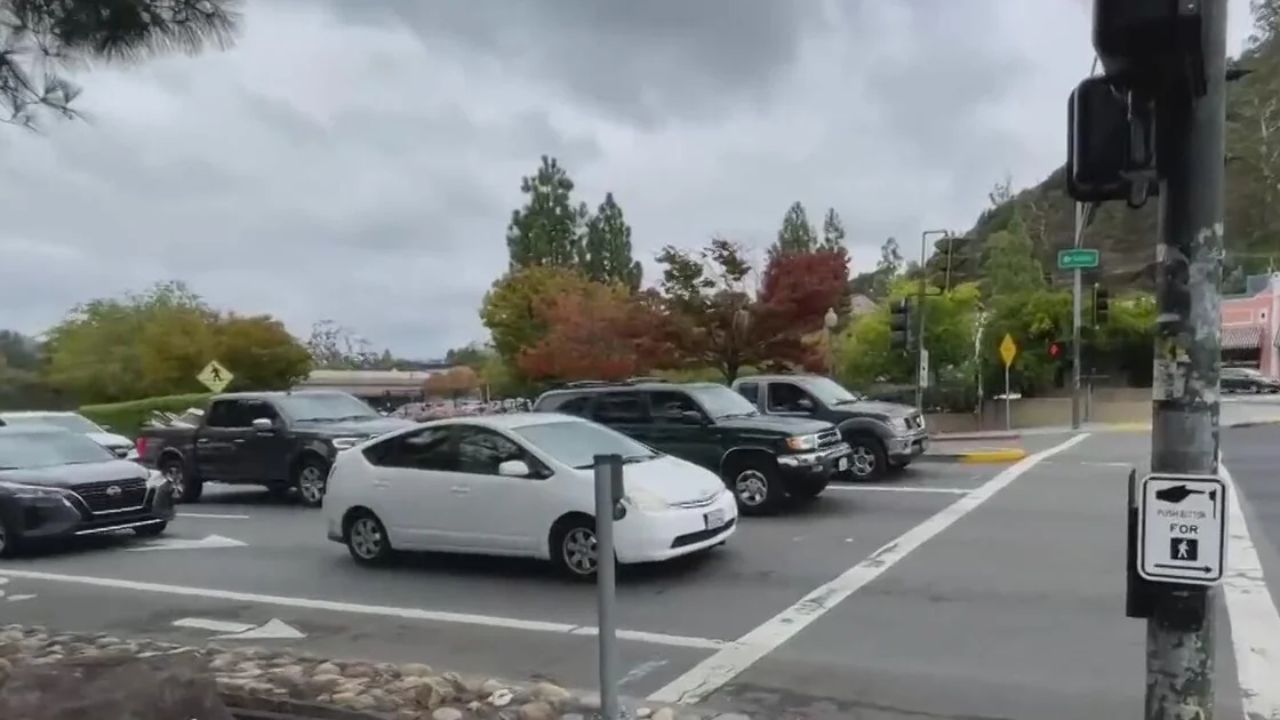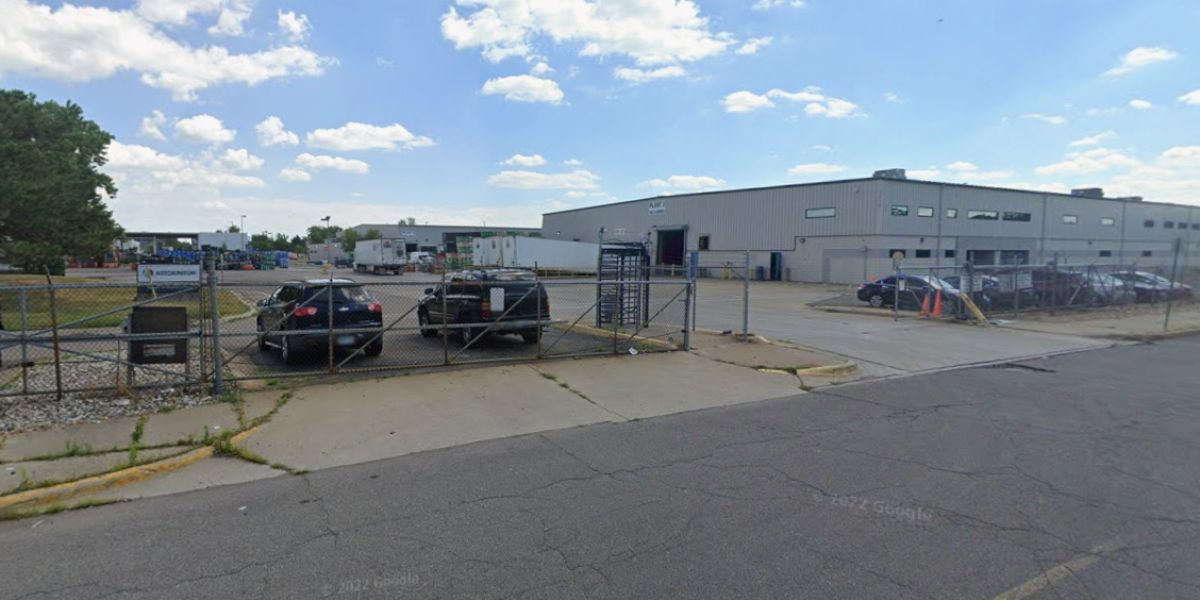San Anselmo, CA – A new artificial intelligence (AI)-based traffic system is helping reduce wait times and improve safety at Marin County’s busiest intersection, marking a major step toward smarter traffic management in the Bay Area. The technology, developed by Roundabout Technologies, has already cut traffic delays by nearly 30 percent at the location known as “The Hub.”
The Incident: AI Steps In to Tackle Traffic at “The Hub”
San Anselmo, a small Marin County town, is home to an intersection that hardly feels small. “The Hub,” where Sir Francis Drake, Red Hill, and Center Boulevards meet, sees around 65,000 cars a day, making it the most congested spot in the county.
For years, residents have complained about long waits at red lights and gridlock during peak hours. “They get complaints about this intersection,” said Collin Barnwell, CEO of Roundabout Technologies. “Residents have been telling them for years that they have a problem. It’s a difficult problem to solve without putting a lot of money into infrastructure, pouring a lot of concrete.”
The Technology: Real-Time AI Traffic Control System
Barnwell and Chief Technology Officer Sabeek Pradhan believe their AI-driven solution may finally solve that problem. Their startup, Roundabout Technologies, uses a real-time, 3D simulation model that allows traffic lights to respond intelligently to what’s happening on the road.
Unlike traditional systems that rely on fixed timers or simple motion sensors, the AI system tracks every car, bike, bus, and pedestrian moving through the intersection.
“We’re mapping everything in a 3D space and using those positions and velocities to run a real-time simulation ten times per second,” said Barnwell. “We can make any light change allowed by the timing plan, choosing the best one for throughput and safety.”
This allows traffic lights to make dynamic, moment-by-moment decisions, instead of holding one direction green unnecessarily while other lanes sit idle.
The Results: Less Waiting, More Safety
Since its installation in August 2025, the AI system has cut traffic delays by about 30 percent, saving a combined 91 hours of driver time at The Hub. The cost to the city is only 30 cents per hour saved, according to Roundabout Technologies.
The system also improves pedestrian and cyclist safety, a key concern for San Anselmo’s downtown area.
“It makes a lot more sense if you can just see what’s actually going on and react to it in real time,” said Pradhan. “The main reason you didn’t see this 10, 20, or 30 years ago is because the technology just wasn’t there to allow you to see everything the way we can today.”
While tech giants like Google have experimented with data-driven traffic optimization in cities like Seattle, Roundabout’s system goes further by monitoring live road conditions instead of relying solely on navigation app data.
Community Response and Future Expansion
The reaction from local residents has been overwhelmingly positive, with many noting smoother traffic flow and shorter commutes. The only complaint so far, officials say, came from a driver who joked they no longer have time to check their texts at red lights.
Encouraged by early success, San Anselmo has secured a grant to install the AI traffic controllers at all 12 stoplights across the town. The city also plans to coordinate with neighboring towns to expand the system regionally.
“I’ve been really pleased with how well it’s been working in San Anselmo so far,” said Pradhan. “It’s exciting to see how AI can make a real difference in something that affects everyone every day.”
Background Context: The Rise of Smart City Technology
San Anselmo’s adoption of AI-controlled lights is part of a growing trend in smart city infrastructure. Across the U.S., municipalities are experimenting with AI-powered transportation systems to reduce fuel waste, emissions, and driver frustration.
Traffic experts say that as machine learning and real-time mapping advance, cities can expect smarter, more adaptive solutions that respond instantly to changing conditions—without the need for expensive physical upgrades.
Ongoing Developments and Next Steps
The city plans to continue monitoring performance metrics throughout the year, measuring travel-time reductions, accident data, and public satisfaction. If the system continues performing well, officials expect regional rollouts across Marin County within the next two years.
For now, San Anselmo’s pilot program is being watched closely by other Bay Area municipalities eager to adopt the same technology.
Conclusion
While some worry about the risks of artificial intelligence, San Anselmo’s AI-controlled traffic lights are proving that technology can make daily life safer, smoother, and more efficient. For a town once known for its traffic bottlenecks, “The Hub” may now represent a new intersection between innovation and everyday convenience.
What are your thoughts on this AI-driven traffic system? Share your opinions in the comments below.




